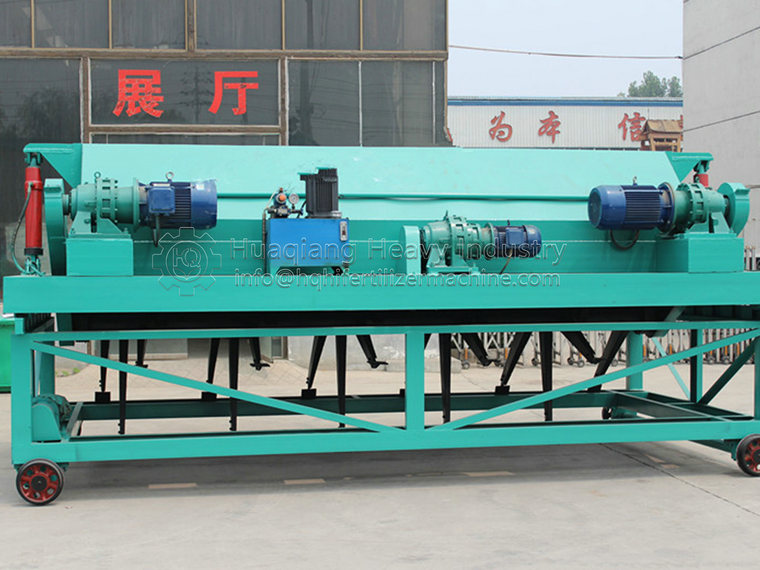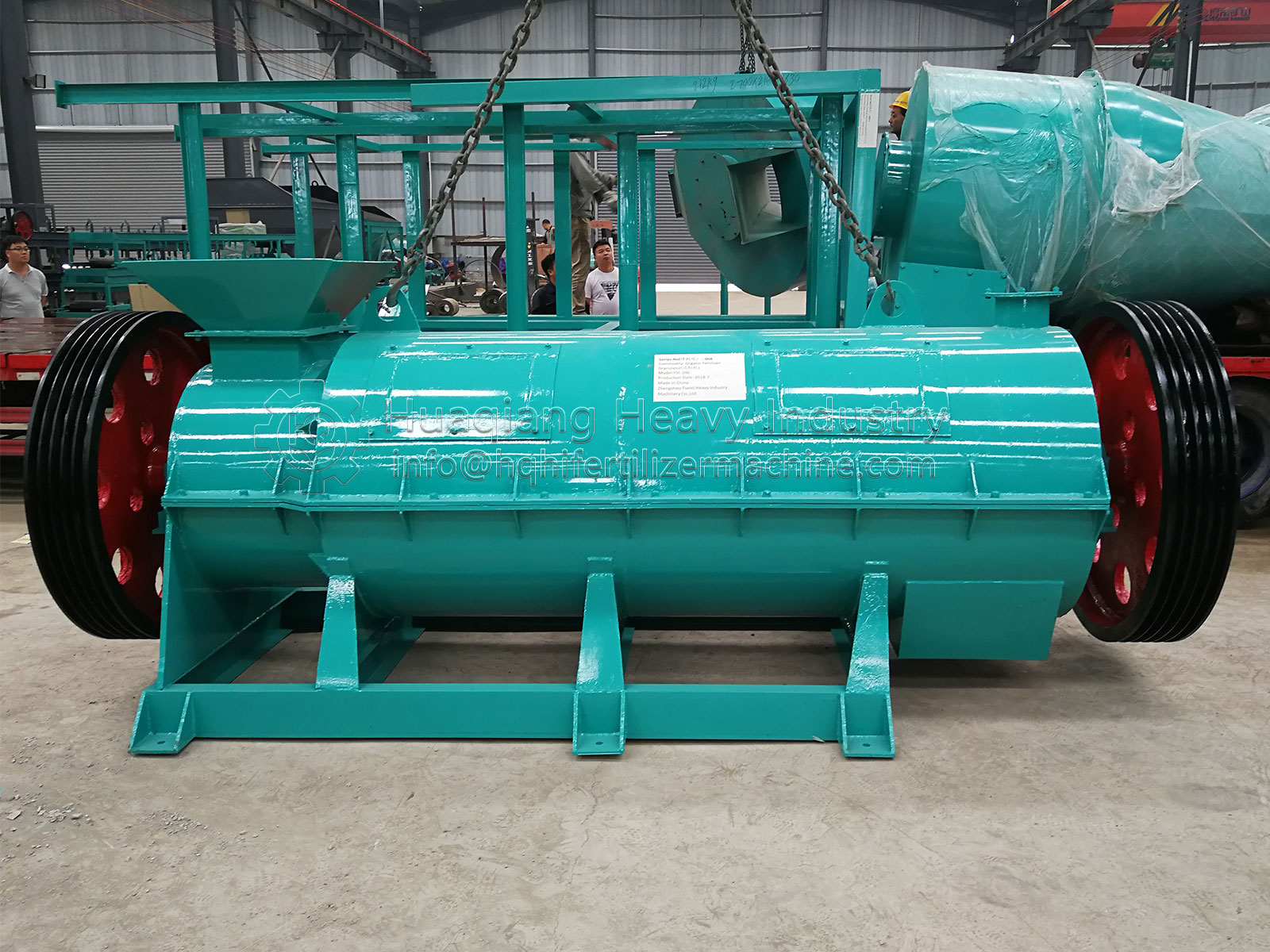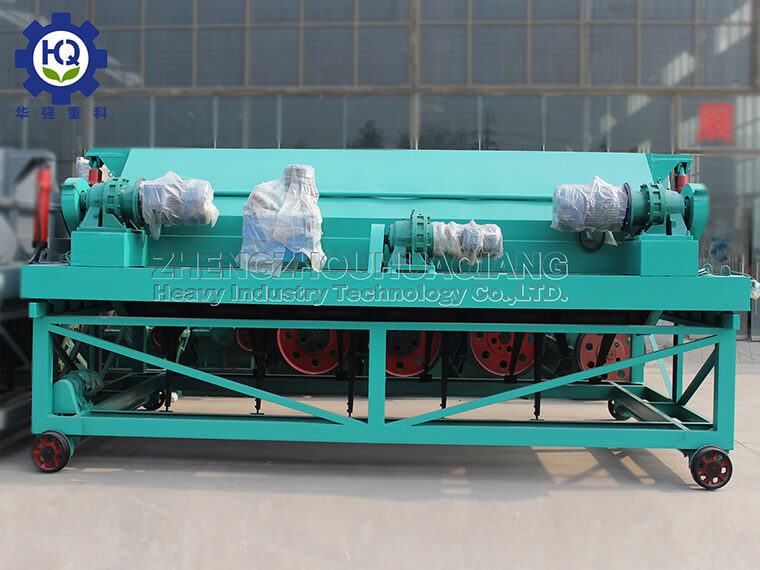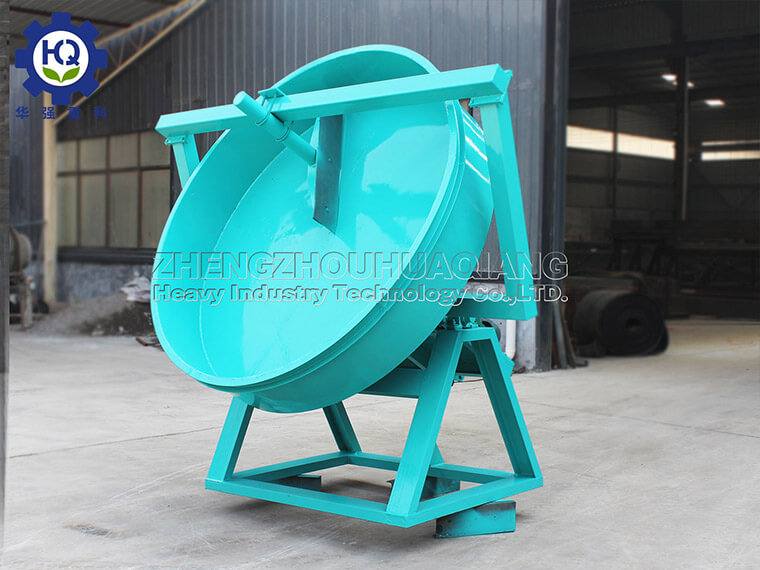The benefits brought by organic fertilizer composting machine are comprehensive, covering multiple aspects such as environmental protection, soil health, crop growth, etc., as follows:

Impact on the environment
Reducing pollution: During the fermentation process of organic fertilizers, a large amount of agricultural waste such as livestock manure and crop residues are converted into useful fertilizers, reducing environmental pollution caused by direct emissions, especially greenhouse gas emissions, and contributing to the fight against global climate change.
Water and energy conservation: Compared to traditional chemical fertilizer production, the production process of organic fertilizers consumes relatively less water and energy, which is more in line with the concept of green and low-carbon living.
Effect on soil
Improving soil structure: The abundant organic matter in organic fertilizers can improve the physical properties of soil, increase the stability of soil aggregates, enhance water and fertilizer retention capacity, and create a more stable growth environment for crop roots.
Activating soil microbial communities: Organic fertilizers contain a large number of beneficial microorganisms, which can promote the increase of microbial diversity in soil, enhance soil self-cleaning ability and self-healing function.
Alleviating soil degradation: Long term use of organic fertilizers can gradually improve soil acidification, salinization, heavy metal pollution, and other problems caused by excessive cultivation and chemical fertilizer abuse, restoring and enhancing soil vitality.
Benefits to crops
Provide comprehensive nutrients: Organic fertilizers contain the main nutrients (such as nitrogen, phosphorus, potassium) and trace elements required for plant growth, while also slowly releasing nutrients to avoid damage to crops caused by excessive fertilizer concentration.
Enhancing stress resistance: Microbial activity in organic fertilizers can generate various plant hormones, enhance crop immune systems, improve crop resistance to pests and diseases, and reduce pesticide use.
Improving the quality of agricultural products: Organic grown fruits and vegetables usually have better taste, color, and nutritional value, which are highly favored by consumers and help enhance market competitiveness.
Socio economic benefits
Increasing farmers’ income: The market demand for organic agriculture and organic products is growing day by day, and the prices of agricultural products grown with organic fertilizers are generally higher, bringing more economic benefits to farmers.
Energy conservation and emission reduction: The production process of organic fertilizers reduces dependence on fossil fuels, which is in line with the trend of sustainable development. The government often provides certain subsidies and support to reduce costs.
Employment opportunities: The development of the organic fertilizer industry chain has created new job opportunities in every link from production to sales, promoting economic development in rural areas.
In summary, the organic fertilizer composting machine is not only an effective means to solve agricultural waste, but also a comprehensive measure to improve soil health, promote healthy crop growth, protect the ecological environment, and increase agricultural income, reflecting the sustainable development direction of modern agriculture.









